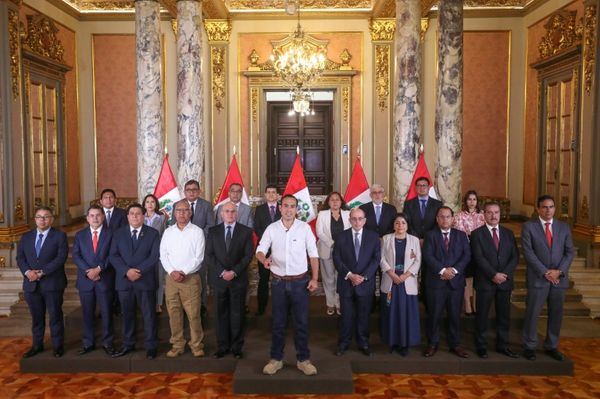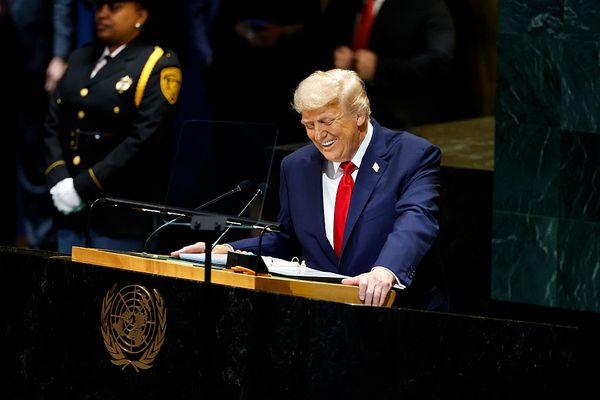In 1924, French poet André Breton wrote a short text with fellow poet and compatriot Louis Aragon that was to send ripples through the world of art and literature, providing a blueprint for the avant-garde movements of the 20th century. One century later, we take a look at how the Surrealist Manifesto prompted an intellectual and artistic revolution in 1920s Paris; a statement of intent that was to have repercussions far beyond the French capital in the years that followed.
At Paris's Pompidou Centre, curator Didier Ottinger explains how the movement was, at its inception, both political and aesthetic, taking inspiration from Karl Marx and Arthur Rimbaud; he also discusses the charismatic force field that saw Breton steward the movement for four decades.
Laurent Doucet, of the Maison André Breton, expands on the role that Freudian psychoanalysis played in the development of the Surrealist Manifesto, and touches on the horrors of World War I, which prompted its authors to break with the past.
{{ scope.legend }}
© {{ scope.credits }}Since Surrealism's reach also extended into neighbouring Belgium, we travel to the Royal Museum of Fine Arts in Brussels to hear from curator Francisca Vandepitte. The exhibition "Imagine! 100 years of International Surrealism" revisits the movement's origins in Symbolist painting, highlights René Magritte's unique take on the subconscious and includes important pieces from the women who were key contributors to the Surrealist aesthetic.
Back in Paris, we visit the studio of artist Marcus Schaeffer, who explains how Surrealist principles infuse his photography, as he uses different techniques to create layered, kinetic images which aim to reveal a deeper truth about his subjects.







